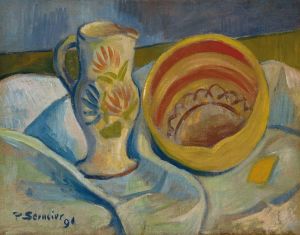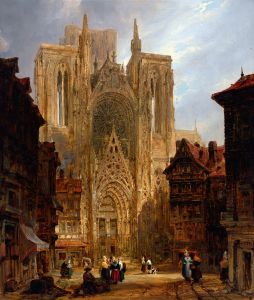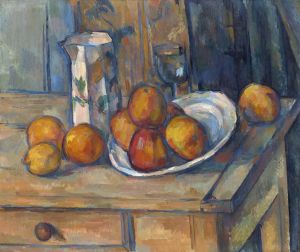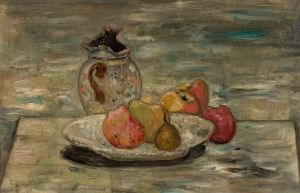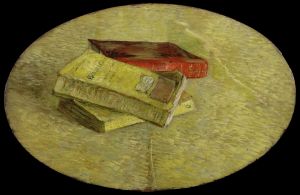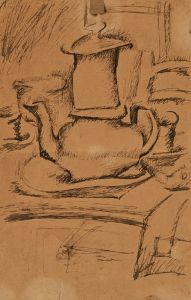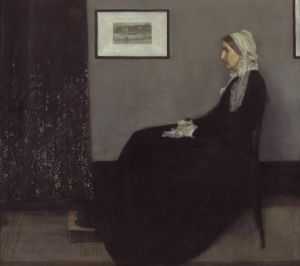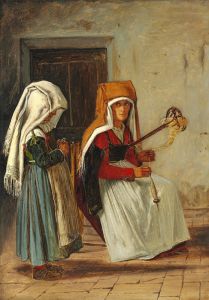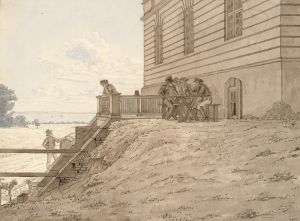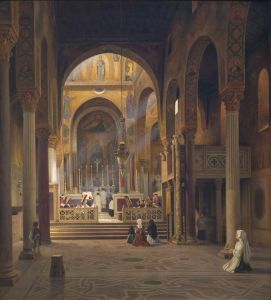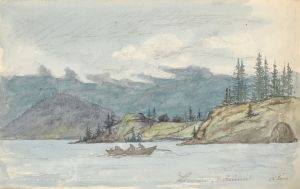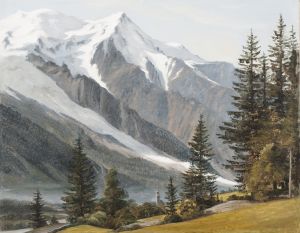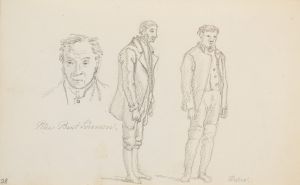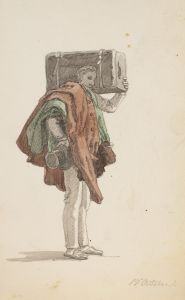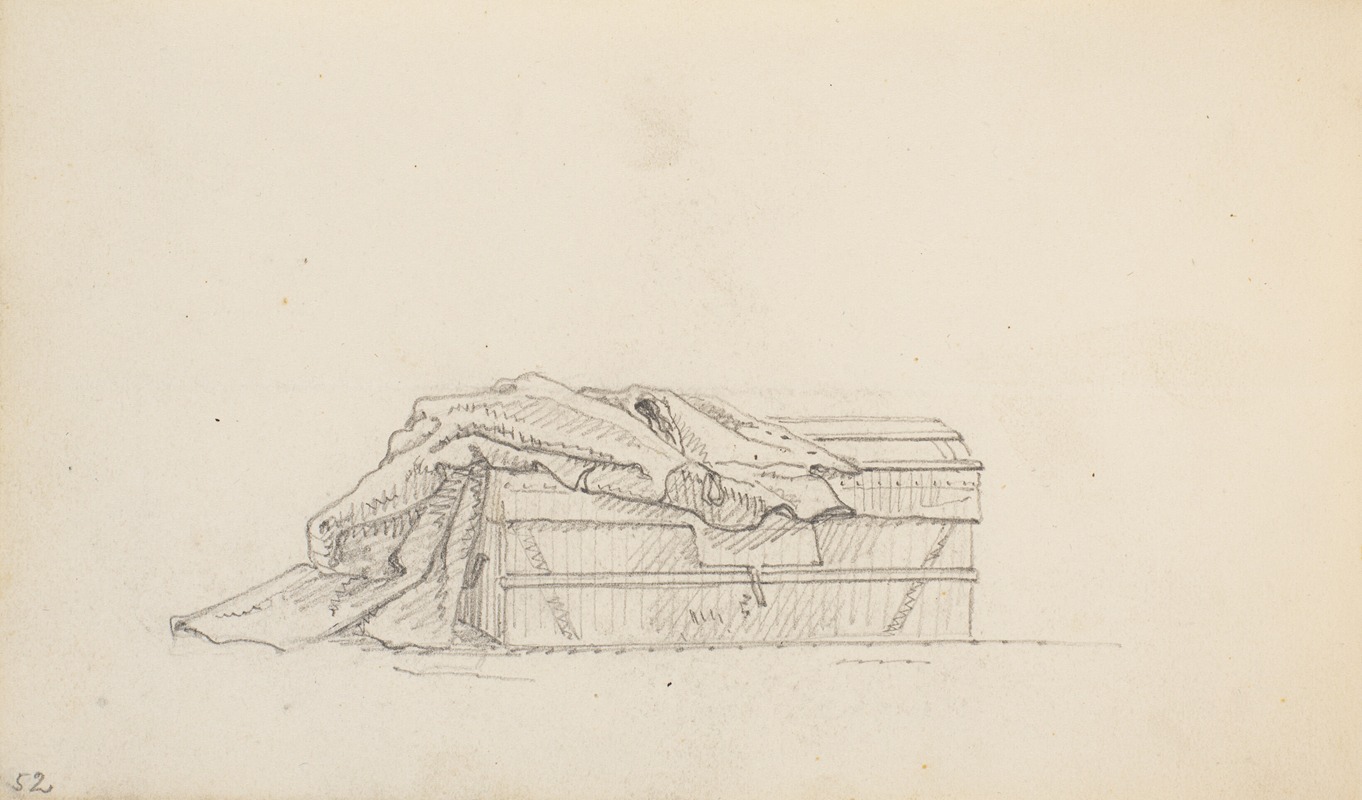
Studie af en kuffert og en kappe
A hand-painted replica of Martinus Rørbye’s masterpiece Studie af en kuffert og en kappe, meticulously crafted by professional artists to capture the true essence of the original. Each piece is created with museum-quality canvas and rare mineral pigments, carefully painted by experienced artists with delicate brushstrokes and rich, layered colors to perfectly recreate the texture of the original artwork. Unlike machine-printed reproductions, this hand-painted version brings the painting to life, infused with the artist’s emotions and skill in every stroke. Whether for personal collection or home decoration, it instantly elevates the artistic atmosphere of any space.
Martinus Rørbye was a prominent Danish painter of the 19th century, known for his contributions to the Danish Golden Age of painting. His works often depicted everyday life, landscapes, and architectural scenes with a keen eye for detail and a deep appreciation for the cultural and social elements of his time. One of his lesser-known works is "Studie af en kuffert og en kappe," which translates to "Study of a Suitcase and a Cloak."
This painting is a fine example of Rørbye's ability to capture the essence of ordinary objects, imbuing them with a sense of presence and significance. While not as famous as some of his other works, this study reflects his meticulous attention to detail and his skill in rendering textures and materials. The painting features a suitcase and a cloak, two objects that might seem mundane at first glance but are depicted with a level of care that invites the viewer to consider their form and function.
Rørbye's work often explored themes of travel and exploration, which were significant during his lifetime as the world was becoming more interconnected through advancements in transportation and communication. The suitcase in this study could symbolize the idea of travel, movement, and the journeys that people undertake, both physically and metaphorically. The cloak, on the other hand, might represent protection, identity, or the personal stories that individuals carry with them.
The composition of "Studie af en kuffert og en kappe" is simple yet effective. Rørbye's use of light and shadow adds depth to the objects, highlighting their contours and the materials from which they are made. The textures of the suitcase and cloak are rendered with precision, showcasing Rørbye's technical skill and his ability to bring out the character of inanimate objects.
Rørbye was part of a generation of Danish artists who were influenced by the ideals of Romanticism, which emphasized emotion, nature, and the exploration of the human condition. His works often reflect a sense of curiosity and a desire to capture the world around him in all its complexity. Although "Studie af en kuffert og en kappe" is a study rather than a grand narrative painting, it still embodies these Romantic ideals by focusing on the beauty and significance of everyday objects.
Throughout his career, Rørbye traveled extensively, visiting countries such as Italy, Greece, and Turkey. These travels influenced his work, providing him with new subjects and perspectives. While "Studie af en kuffert og en kappe" does not explicitly depict a foreign landscape or scene, it can be seen as part of Rørbye's broader interest in the themes of travel and cultural exchange.
In summary, "Studie af en kuffert og en kappe" by Martinus Rørbye is a testament to the artist's ability to find beauty and meaning in the ordinary. Through his careful rendering of a suitcase and a cloak, Rørbye invites viewers to consider the stories and journeys that these objects might represent. The painting is a reflection of the artist's broader interests in travel, exploration, and the human experience, themes that resonate throughout his body of work.





